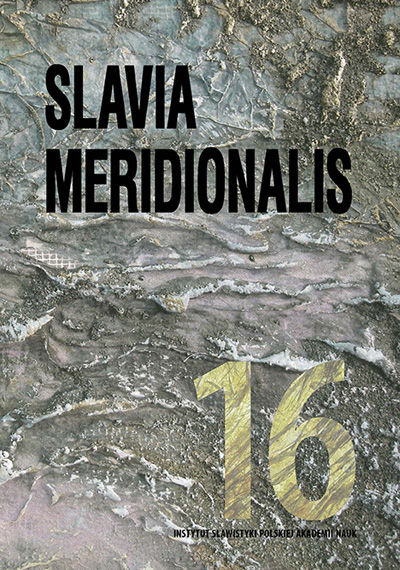Kompleks Wanga w Rupite jako sanktuarium religijne
Vanga Complex in Rupite as a Religious Sanctuary
Author(s): Ida CiesielskaSubject(s): Christian Theology and Religion, History, Ethnohistory, Recent History (1900 till today), Special Historiographies:, Theology and Religion, History of Communism, Eastern Orthodoxy, Sociology of Religion, History of Religion
Published by: Instytut Slawistyki Polskiej Akademii Nauk
Keywords: Vanga; Rupite; St. Petka; religious sanctuary; Orthodox Christianity; esotericism; communism;
Summary/Abstract: The article addresses the Vanga complex that has been developed since 1994 in a Bulgarian village called Rupite. Due to its unique spatial arrangement as well as the ambiguity of the religious practises engaged at the complex, it at the same time effortlessly serves as an Orthodox, an esoteric and a folk sanctuary. The fact that its creators were influenced by the Marxist and esoteric system established in the twentieth century by Lyudmila Zhivkova as well as spatial categories of the centre and axis mundi, resulted in the occult tenor of this place. Simultaneously, mystification used by the originators together with ambivalent approach of the Bulgarian Orthodox Church towards syncretic religious phenomena, enabled St. Petka Church – constituting the axis of the complex being discussed – to become an official Orthodox church. Furthermore, the Rupite complex can justifiably be interpreted as an institutionalisation of the cult of the local seer Vanga, dynamically developing in the south-west of Bulgaria. Binding psychic and healing spiritual gifts of Vanga with folk beliefs about St. Petka, made it possible to inscribe the seer into the paradigm of a Christian martyr and a prophetess. Moreover, it also allowed Vanga to enter the pantheon of saint healers, who are particularly popular in these areas.
Journal: Slavia Meridionalis
- Issue Year: 2016
- Issue No: 16
- Page Range: 592-614
- Page Count: 23
- Language: Polish

